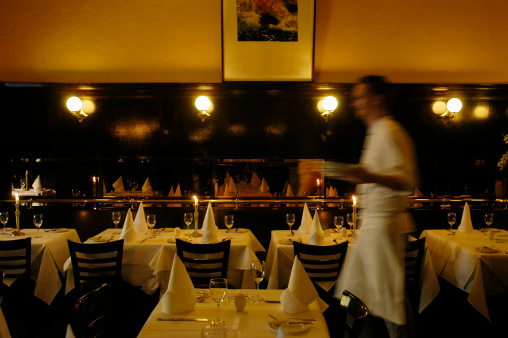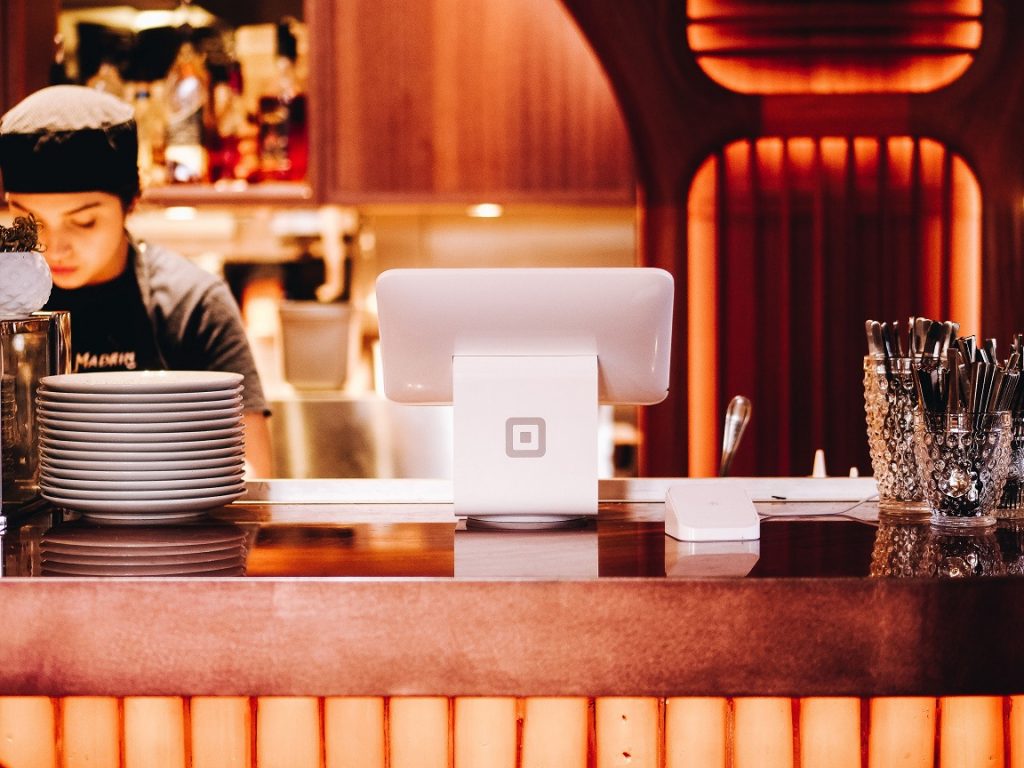Romantic Restaurants Islamabad: Ideal Dining Locations for Pairs
Romantic Restaurants Islamabad: Ideal Dining Locations for Pairs
Blog Article
Savor Authentic Oriental Food With a Pan-Asian Spin for a Culinary Adventure
Starting a culinary journey via genuine Eastern food, enhanced with a Pan-Asian twist, offers an one-of-a-kind possibility to discover the rich tapestry of flavors that define the area's diverse culinary practices. This experience invites you to enjoy the elegant balance of tastes-- wonderful, salty, spicy, and sour-- harmonized by aromatic natural herbs and seasonings. Imagine the cutting-edge fusion of Thai curry and ramen or the unforeseen pleasure of sushi burritos. As you consider these luring recipes, take into consideration the cultural stories and historic influences that form them, each bite supplying a tale waiting to be uncovered.

Discovering Pan-Asian Tastes
In the world of international gastronomy, Pan-Asian food stands apart for its exceptional diversity and the harmonious interaction of tastes from different Asian cultures. This cooking method celebrates the one-of-a-kind components and abundant traditions found across the continent, creating a tapestry of tastes that is both intriguing and satisfying. Secret to Pan-Asian food is its capacity to balance different flavors-- wonderful, salted, spicy, and sour-- while highlighting the quality and quality of each active ingredient.
From the umami-rich soy sauce of Japan to the intense chili peppers of Thailand, Pan-Asian cuisine uses a comprehensive palette of flavors. These aspects are frequently integrated in innovative means, improving dishes with layers of intricacy. For example, making use of fragrant natural herbs such as lemongrass and cilantro, usual in Vietnamese and Thai cuisine, adds a revitalizing illumination to meals, while the incorporation of coconut milk supplies a luscious, abundant appearance.
The emphasis on fresh fruit and vegetables and fragrant spices makes certain that each dish is not only a feast for the taste yet additionally for the detects. Pan-Asian cuisine welcomes restaurants to start a cooking trip, exploring the large and differed landscapes of Eastern gastronomy with every bite.
Fusion Meals to Attempt
While Pan-Asian food is celebrated for its traditional tastes, the modern cooking landscape is progressively welcoming combination dishes that mix these traditional elements with influences from various other areas. This innovative method not just honors the abundant heritage of Oriental culinary arts but also introduces unique taste experiences that appeal to modern palates.
A prime instance of such a combination recipe is the Korean-Mexican taco, where marinaded bulgogi beef is covered in a cozy tortilla, covered with kimchi and a spicy gochujang-infused salsa. This mix marries the strong, savory tastes of Korea with the dynamic, fresh aspects of Mexican cuisine. Similarly, sushi burritos have gotten appeal, integrating the fragile artistry of Japanese sushi with the hearty, hand-held convenience of a burrito, frequently featuring blend ingredients like tempura shrimp and avocado with a drizzle of wasabi mayo.
An additional notable recipe is Thai curry ramen, which infuses the velvety, fragrant flavors of Thai curry right into the calming brew of traditional Japanese ramen, creating a harmonious blend that tantalizes the senses. These fusion dishes expand beyond simple uniqueness; they stand for a cooking dialogue in between cultures, urging exploration and innovation on the planet of Pan-Asian cuisine.
Essential Components and Spices
To truly appreciate Pan-Asian food, one must understand the necessary ingredients and seasonings that develop its structure. This varied culinary design attracts from an abundant tapestry of Asian traditions, utilizing an unified mix of structures and tastes. Key ingredients include soy sauce, fish sauce, and oyster sauce, which present a full-flavored umami depth important to Eastern meals. Corresponding to these are rice vinegar and mirin, offering a delicate level of acidity and sweetness.
Fragrant aspects are critical, with lemongrass, garlic, and ginger being ubiquitous throughout different Pan-Asian recipes. These active ingredients supply a great smelling base that boosts the intricacy of tastes. Flavors such as celebrity anise, cardamom, and cinnamon introduce warmth and character, resembling influences from regions like China and India.

Cooking Methods and Tips
Grasping the art of Pan-Asian cuisine calls for familiarity with its unique food preparation strategies, each adding to the vivid tapestry of tastes this cooking custom is commemorated for. Central to these techniques is the stir-fry, a fast sushi ko food preparation method that preserves the nutritional integrity and dazzling shades of components. Using a wok, the stir-fry technique permits also heat distribution, vital for accomplishing the characteristic texture and flavor equilibrium of Pan-Asian recipes.
One more essential method is steaming, particularly common in Chinese food. This gentle method keeps the all-natural flavors and nutrients of ingredients, making it excellent for fish and shellfish and vegetables. Dumplings, a precious staple, typically take advantage of steaming, leading to soft, succulent textures.
Grilling, likewise important, passes on smoky midsts to meals such as Oriental bulgogi or Japanese yakitori (Best ambiance restaurants Islamabad). This technique commonly involves seasoning active ingredients, allowing flavors to penetrate deeply before food preparation over an open flame or hot plate
Lastly, mastering the art of stabilizing flavors-- wonderful, sour, salty, bitter, and umami-- is essential. Properly layering these elements can raise a recipe from regular to amazing, offering a complex and satisfying cooking experience that embodies the essence of Pan-Asian food.
Dining Experiences Worldwide
Throughout the world, Pan-Asian cuisine supplies an unparalleled eating experience, commemorated for its rich tapestry of tastes and lively discussions. This culinary sensation has gone you could try these out beyond social boundaries, catching the hearts and tastes of food lovers worldwide. In worldwide cities fresh York, London, and Sydney, Pan-Asian restaurants work as fusions where cooking customs from Thailand, Japan, China, and beyond assemble, providing diners with an eclectic mix of dishes that highlight the region's variety.
The global charm of Pan-Asian cuisine hinges on its capacity to supply both authenticity and development. Chefs skillfully marry traditional components such as lemongrass, soy sauce, and miso with contemporary strategies, leading to dishes that are both acquainted and refreshingly new. This blend allows restaurants to start a cooking trip that appreciates heritage while welcoming modernity.
Moreover, eating experiences are raised via thoughtfully developed environments that reflect the values of Pan-Asian visual appeals. From minimalist Japanese-inspired insides to vivid Thai-themed spaces, each restaurant supplies an unique ambiance that enhances the culinary offerings. As a result, patrons are not simply consuming a dish however partaking in a cultural experience, making Pan-Asian eating an absolutely international phenomenon.
Conclusion
The exploration of Pan-Asian food uses an extensive understanding of recommended you read the detailed interplay of tastes and culinary practices throughout Asia. By embracing fusion meals such as Thai curry ramen and sushi burritos, the culinary journey not just highlights the adaptability of traditional components however additionally showcases innovative modern-day techniques. This gastronomic journey, enriched by cooking methods and necessary flavors, gives an one-of-a-kind possibility to value the social diversity and culinary artistry that define Pan-Asian cuisine on a global scale.
Embarking on a cooking trip via authentic Oriental food, enhanced with a Pan-Asian spin, uses an unique possibility to explore the rich tapestry of flavors that define the area's varied culinary practices.In the realm of international gastronomy, Pan-Asian cuisine stands out for its remarkable variety and the harmonious interplay of flavors from different Eastern societies. Key to Pan-Asian food is its capability to balance contrasting flavors-- wonderful, salted, spicy, and sour-- while highlighting the quality and top quality of each ingredient.

Report this page